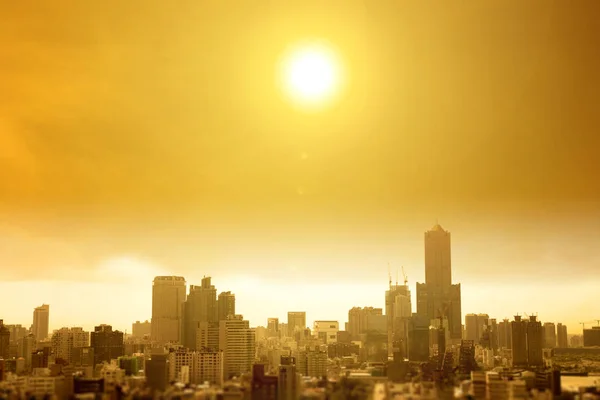
Assume next summer’s heatwave was not only disconcerting but fatal. In Europe, no longer a hypothetical example. A new report by the Imperial College London and the London School of Hygiene & Tropical Medicine estimated that climate change caused 16,500 extra fatalities in this summer’s heatwaves across 854 cities. And that’s just a small part of the actual price tag, as the report included just 30% of the population of the continent.
It is not this remote, theoretical crisis. Warming is remaking everything from what we eat to the air we breathe, and even the sense of safety in our own homes. The trickle-downs occur in mental health, spread of disease, economic stability, and biodiversity and they are speeding up. If we do not rapidly transform and change the system, warned experts, the next few decades could usher in deluges of health crises and social unrest.
Here’s a closer examination of nine linked ways global warming is already affecting lives in Europe and why it’s the answer to safeguarding communities today and tomorrow.
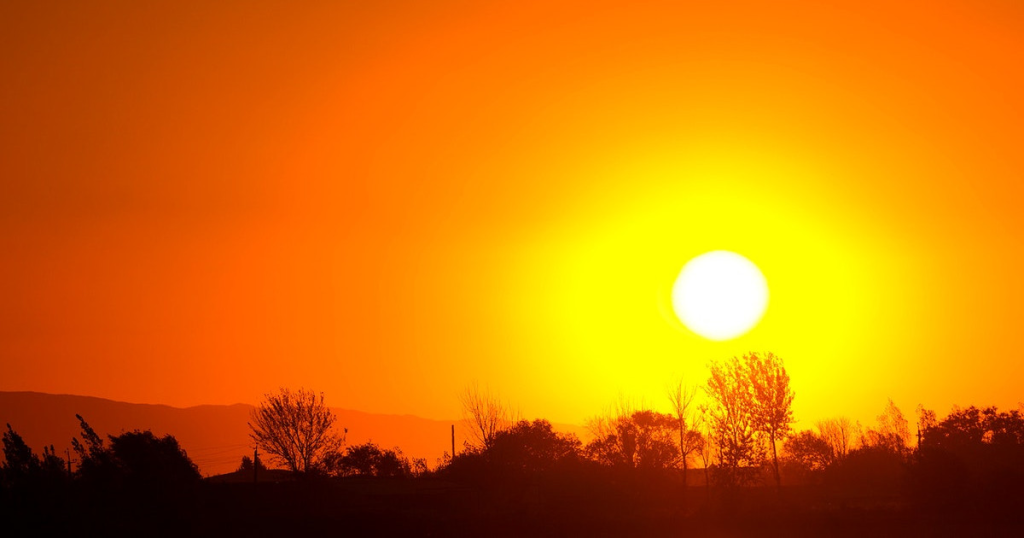
1. Deadly Heatwaves Become the New Normal
Europe’s summers are warming at a faster rate than nearly anywhere else in the world. The WHO European Region is warming at roughly double the global rate, and all three record-highest years since 2020. There were more than 60,000 heat-related deaths in 35 nations in 2022, and 47,500 deaths in 2023. The Imperial College study linked an estimated 68% of 24,400 heat-related deaths this summer to climate change. Vulnerable populations older adults, babies, outdoor workers, and people with chronic diseases are most at risk. Unless adaptation occurs, an estimated 120,000 heat-related deaths occur each year by the year 2050.
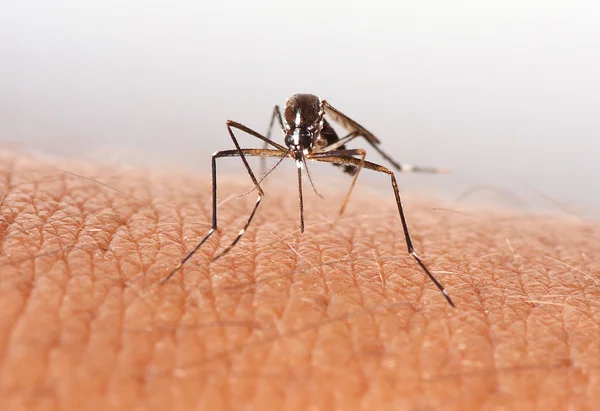
2. Infectious Disease Spreads to New Areas
The warmer and more humid climates are producing ideal breeding grounds for disease-spreading mosquitoes. The Asian tiger mosquito, formerly relegated to regions in southern Europe, now infests 13 nations and 337 districts. This has driven record Italian and French chikungunya outbreaks and West Nile virus infection cases, a three-year high, with Italy alone registering 430 cases and 27 fatalities so far this year. ECDC Director Pamela Rendi-Wagner cautions, “Europe is facing a new reality where more prolonged, longer and more intense transmission of mosquito-borne diseases becomes the new normal.”
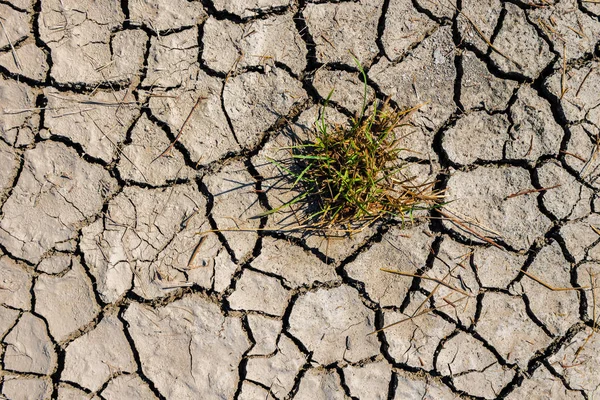
3. Food Security Is At Risk
More and higher temperatures are decimating farm produce, increasing prices, and cutting diets. Lower yields of staple foods impact animal feed, and severe droughts such as the one that left Victoria Falls low in 2019 are eroding farm economies. The Potsdam and European Central Bank model uncurbed warming increases food prices by 0.6 to 3.2 percentage points up to 2060. It is not merely an economic concern it is a public health concern, as higher prices disproportionately harm poor households.

4. Rising Mental Health Burden
Eco-anxiety, or chronic fear of ecological Armageddon, is no longer on the periphery. According to a survey of the UK Bath University, almost half of all young adults between 16 and 25 years had felt sad, anxious, angry, helpless, or guilty in relation to climate change. Literature suggests that students studying environmental science are more likely to suffer from climate anxiety and tend to reassess work and life ambitions accordingly. Positive psychological interventions such as reframing and resilience training can convert anxiety into action, but burnout is only avoidable with organisational support.
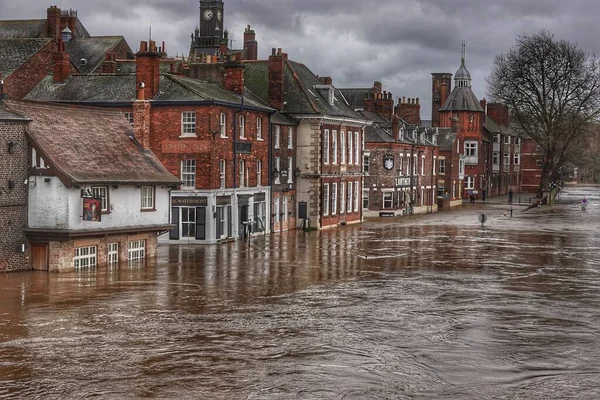
5. Housing and Insurance Are Getting Riskier
From floodwaters to firestorms, climate disasters are rendering some homes “essentially uninsurable,” CBS News cautioned in 2023. Insurers already are retreating from danger zones in the United States Europe should expect the same patterns as the weather becomes more unpredictable. Skyrocketing premiums or outright denial of coverage can economically endanger companies and homeowners, increasing the social cost of displacement and loss of property.

6. Climate Migration Is on the Rise
Sea-level rise and climate-attributable weather extremes are driving individuals from their homes, and low-lying island states in the Pacific such as Kiribati are likely to be lost. Severe droughts in Africa’s Sahel have already altered migration patterns, and EU policy analysts comment that climate displacement in the Southern Neighbourhood is a latent threat. Integrated planning or not, these migrations risk overwhelming city infrastructures and being destabilizing.

7. Tourism Is Catching the Heat
Tourism economies are not far behind. Greek temperatures in July 2023 reached 46.4°C, with iconic Parthenon closures. Prolonged droughts have dried up natural wonders and robbed them of significant revenue streams. With heat and water shortages on the increase due to climate impacts, travel destinations will need to reorganize peak travel seasons and invest in climate-resilient activities.

8. Biodiversity and Ecosystems Are Under Pressure
Species are changing their ranges as climates have changed, disturbing food-giving, water-supplying, and clean-air-providing ecosystems. Traditional societies, whose existence is intricately connected with the earth, are most at risk when ecosystems collapse. Biodiversity loss also undermines natural adaptation to climate impacts, from preventing flooding to pollination.
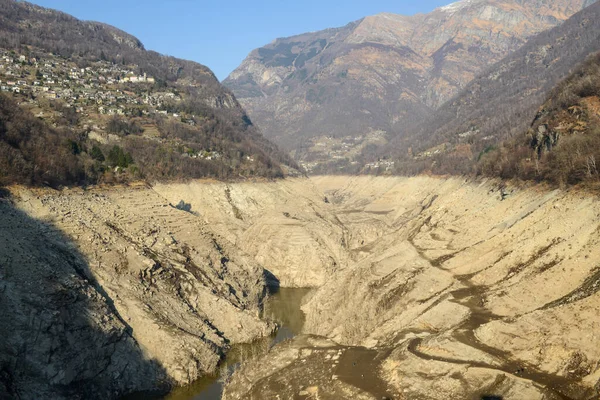
9. Increasingly Unpredictable Water Scarcity
Climate change redistributes rain patterns, causing prolonged dry seasons somewhere and too much flooding somewhere else. More unpredictable seasons jeopardize agriculture, drinking water supply, and hydroelectricity production. Poor policy and infrastructure can turn these climatic shortfalls into full-blown crises in already high-demand, low-resource regions.
The science is settled climate change is already re-mapping health, livelihoods, and landscapes in Europe. But they are not set in stone. From crafting heat–health action plans to investing in climate-resilient agriculture and the preservation of biodiversity, there is still time to adapt and shield the most at-risk. The urgency of need but so too is the potential of collective action to stem the tide.


